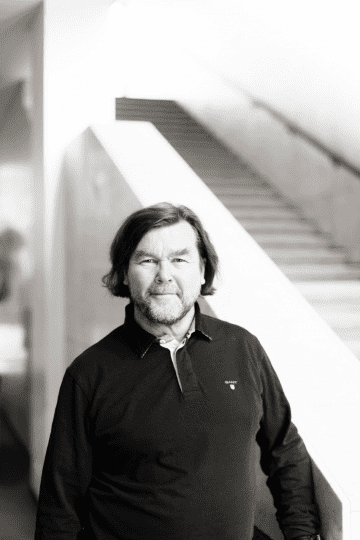Eagles and seals are back, but the sea is still feeling bad

Markku Lappalainen,
Journalist & non-fiction writer, specialized on nature,
Freelancer,
Finland
I sit on the outer islet, with only waterstones and small tree-free islets in the view. In the north, there are larger islands, far behind them the city of Turku and mainland Finland. In between the labyrinth of the Archipelago Sea.
On an islet nearby stands a familiar figure, a brave hookbeak – a White-tailed Eagle. In fact, there are several eagles in the landscape. Tops of islets and beacons assisting navigation of ships are for eagles the vantage points where they stay seemingly lazy days for long.
The morning is calm and peaceful. Since night, there has been mysterious sound in my ears – like howls of wolves – hear from the group of outer islets. With binoculars, a confusing sight emerges in the eyes: the islets are from shore to top full of large, magnificent creatures. Like sacks, gray, brownish.
Grey Seals are resting on islets. Most of them are intensely sleeping, a few howl with their mouths wide open, some have an ongoing showdown. At first glance, there seem to be dozens of them. More specifically: hundreds and hundreds more. The final calculation is a four-digit number.
When I moved to Turku more than 40 years ago to start my job, I started to get acquainted with the Archipelago Sea. The White-tailed Eagle and Grey Seal were almost mythical creatures at that time. A hard-working wanderer saw eagle every now and then. Seals hit the front even less frequently, once or a couple of time a summer. The top predators of the marine food-chain had declined to the brink of extinction due to biocides.
Over decades, a miracle has happened: the White-tailed Eagle ja the Grey Seal have returned and are doing well nowadays. Now you can see more eagles in one place from one seat than there were them four decades ago in the whole archipelago. From one location can be counted more seals than at that time was the estimated population in the entire Baltic Sea.
As the largest unified archipelago in the Baltic Sea, the Archipelago Se is unique as a natural formation. It contains more than 40 000 islands and islets with a wide range of different waters between them.
Measured by biodiversity, in Finland there is no other as valuable area as the Archipelago Sea. Here meet north, south and southwest surrounded brackish water. This archipelago is an environment for an exceptionally large number of endangered species and habitats.
There are dozens of in European scale especially valuable habitats in the Archipelago Sea. Fragmentary landscape, zonality, variability of soil and seabed increase the biodiversity.
The spectrum of habitats and species changes when moving from the mainland to the outer archipelago, from rocky islands to gravel islands, from soft seabeds to rocky bottoms, from shallows to grooves.
Many of the valuable terrestrial environments in the Archipelago Sea have developed as a result of long term human impact. Such are various pastures, leaf-meadows and moors have overgrown as a result of uninhabitation and decline of local living. Species specialized in them are threatened without support. Before the landscape was cared for by cattle and man, now traditional landscapes are taken care of by voluntary conservationists.
A calm mature summer day on outer islets is completely different from the day a couple of months ago. Gone are seals that rested on islets in a thousand-headed flock. Eagles are not visible, either. A few terns are speeding in the air, a wagtail bobs on a cliff. The view is confusing: open water is covered with green mash. Blue-green algae “bloom”.
The blue-green algae masses that boundlessly covers the open water reflects the biggest concern of the sea: eutrophication. Worrying times are being lived underwater. In spring, rockweed boldly swaying on rocky bottoms and eelgrass on sandy environment – suffer from nutrients. Nausea of these key species strains the entire brackish water ecosystem.
The effects of climate change also extend under the waves of the Archipelago Sea. The shallow and Baltic Sea is the fastest warming sea in the world due to low quantity of water. Increased precipitation in the catchment area has reduced the salinity of seawater so that originally marine species like rockweed and eelgrass are queasy. Precipitation and especially strong winter condensation have increased nutrient leaching from mainland.
Eutrophication is a result of decades of nutrient loading. Old sins feed the sea, although many sources of emission – such as municipal wastewater – have been significantly reduced. In addition to the internal load, agricultural nutrients all the time increase nutrification of the sea.
Small nutrient brooks eventually form larger streams, controlling them is the key challenge for marine conservation in the Archipelago Sea. The nutrients belong to fields, not to the sea. It is also economically and ethically sustainable to use nutrients for growing crops.
Expert article 2898
> Back to Baltic Rim Economies 1/2021
To receive the Baltic Rim Economies review free of charge, you may register to the mailing list.
The review is published 4-6 times a year.
